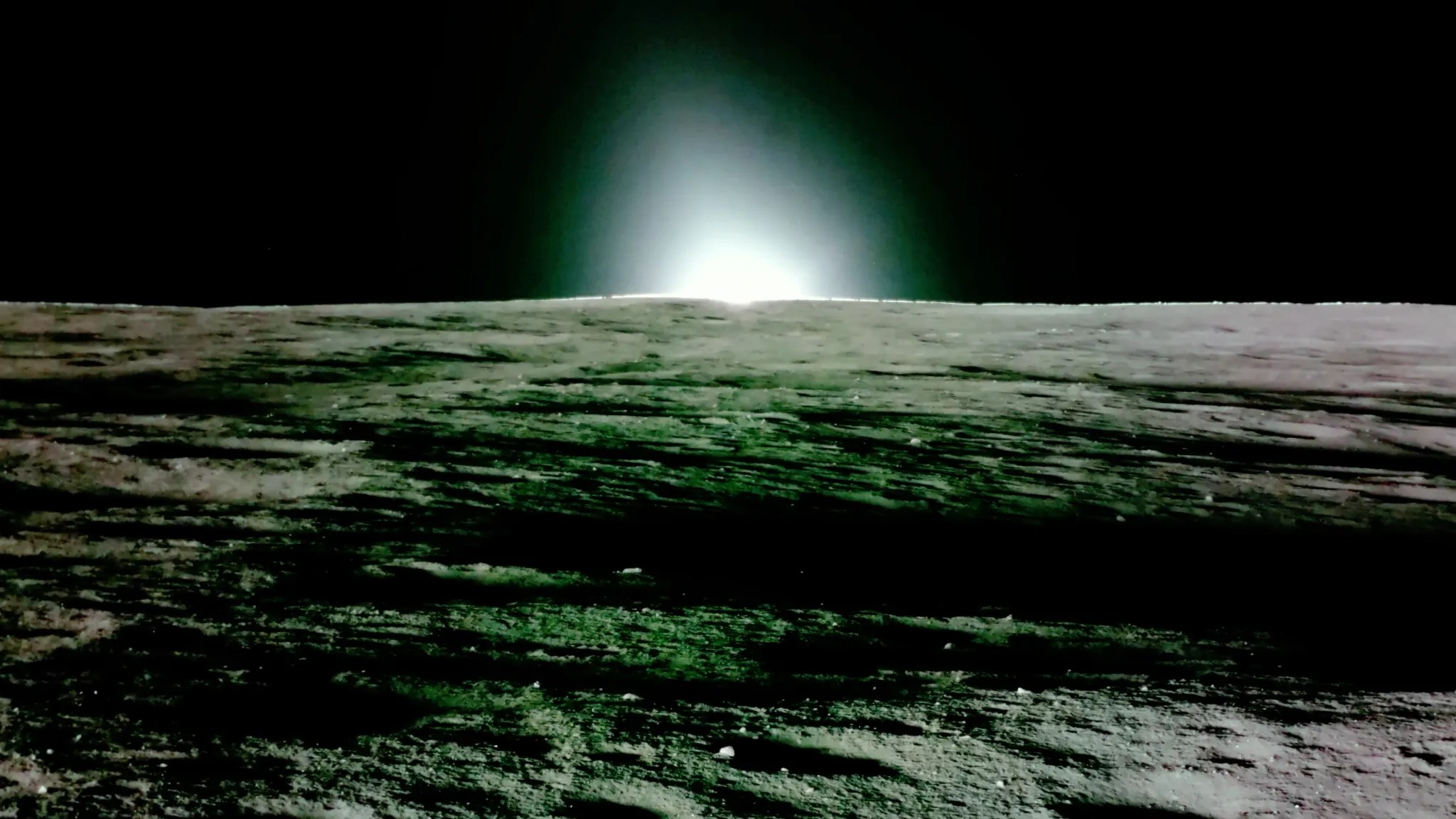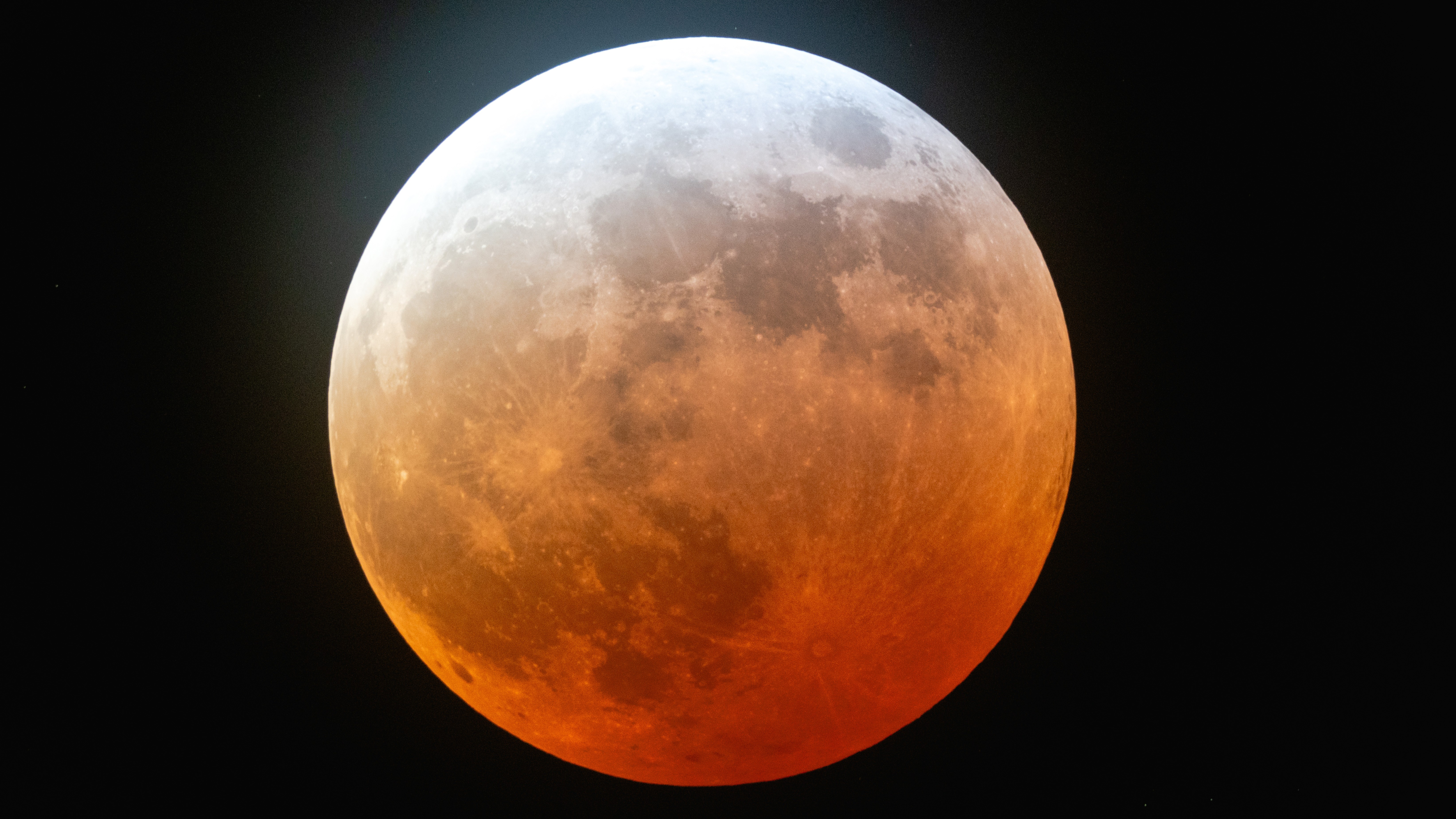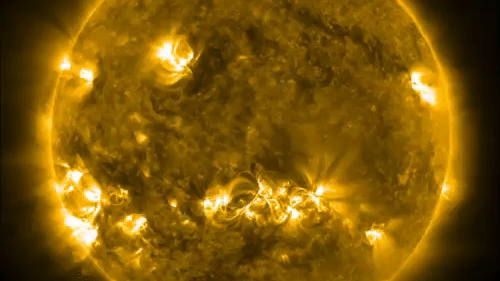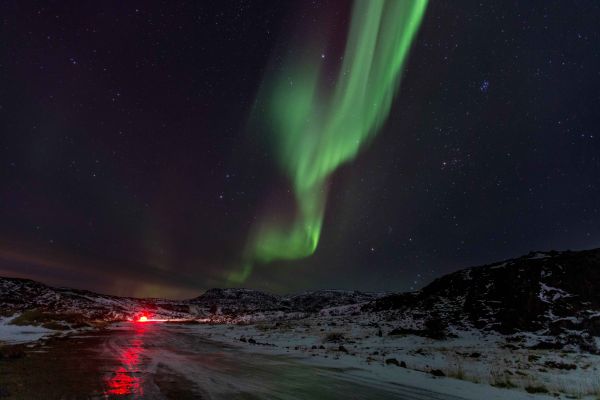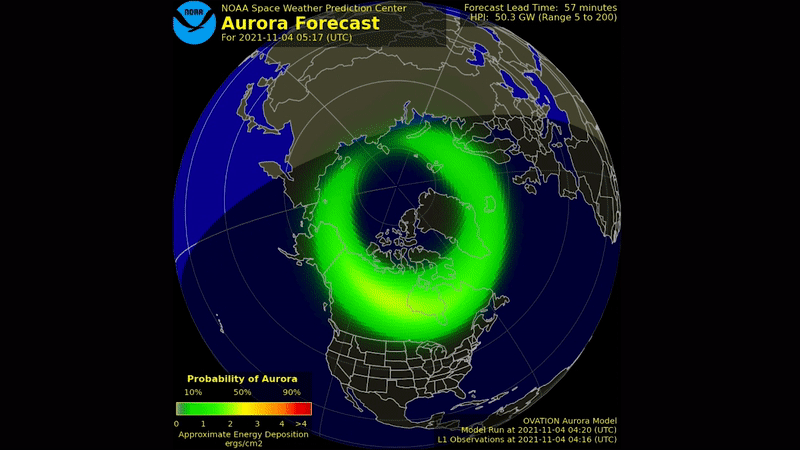When you purchase through link on our site , we may earn an affiliate charge . Here ’s how it works .
A late sundown photo stunned viewers on societal mass medium . An unusual optical impression made the sundown resemble a split - screen image prove two very unlike skies side by side .
On the photo ’s correct side is a apparent horizon impregnate with hues of bolshie and xanthous . But on the left-hand side , the sky is darker and drabber . Uma Gopalakrishnan captured the photo in Charlotte , North Carolina , on July 13 at 8:55 p.m. local clock time , share the unaltered pictures and videoon InstagramandTwitter .

The spectacular colors of this sunset cover only half the sky. A large, distant cloud below the horizon shadows the other half.
Though it looks affected , the so - called rip sunset was n’t created with filters or Photoshop . Rather , it was make by the dark of a big cloud below the visible horizon that prevented sunshine from chance on the cloud that were near to witness on the primer . [ Image Gallery : Sunrise and Sunsets ]
" I had never assure something like this before . And I could n’t believe it when I did see it that night ! " Gopalakrishnan told Live Science in an email .
Sunsets and sunrises grow prominent colors because , with the sun model low on the horizon , the ignitor has to travel far through Earth ’s atm ( equate with other metre of the daytime ) before we see it , according to the National Oceanographic and Atmospheric Administration(NOAA ) . Because of this tenacious journey , more of the racy light in the electromagnetic spectrum gets disperse , so the light that reaches our eyes appears reddish , NOAA explains .

And if the setting sun ’s lighter has to travel through particle in the air , such asvolcanic ashor defilement , blue light gets dispel even more , and red chromaticity become more lifelike .
But what get this eldritch " split up - screen " effect ? When a orotund swarm lie between the sun and clouds that are closer to the ground , the large cloud casts a vestige . This block verbatim sunlight and keeps it from striking the other clouds , creating what looks like a vertical barrier part two different sky , according toUniversities Space Research Association .
When the remarkable sunset emerged , Gopalakrishnan was at home , scrolling through Instagram and looking at story about another awe - inspiring cosmic phenomenon : Manhattanhenge . ( During this twice - yearly event in New York City , the setting Lord’s Day touches down at the horizon while stay on perfectly ordinate in the center of streets running from Orient to west . )

From her seat on the couch , before she convey her photos , Gopalakrishnan witness what looked like a normal sunset . But when she leaned back , she noticed that only half of the sky was illuminated .
" That ’s when I got up , went to my balcony and becharm those photo and video . I was completely awestruck , " she said .
Science writer Joe Hansontweeted a visual explanationfor the phenomenon on July 16 , using emojis . His diagram traces layers of clouds , showing how a heavy swarm can partially block off the sun and couch a shadow on clouds nearer to viewing audience .

The " split up sunset " is even more vivid in a second picture that Gopalakrishnan took a few minutes later in the evening ; in this slam , the left one-half of the sky has darken to a deep purple , while vivacious sundown colour glow on the right .
Originally published onLive Science .
